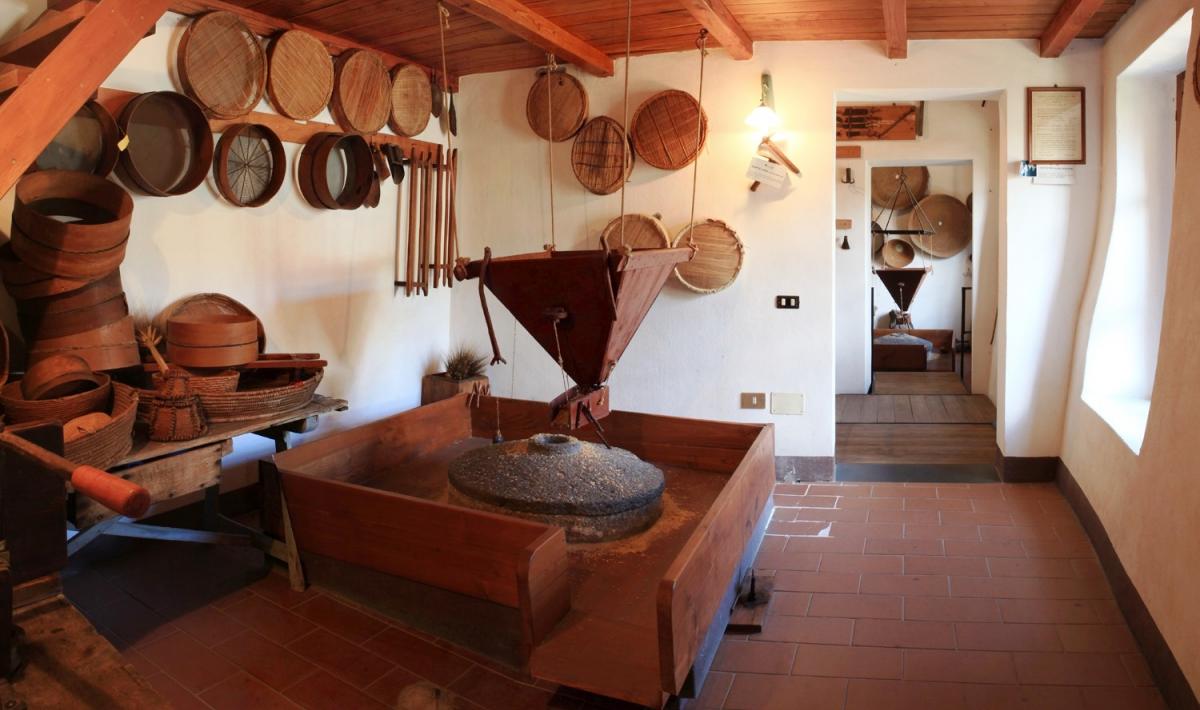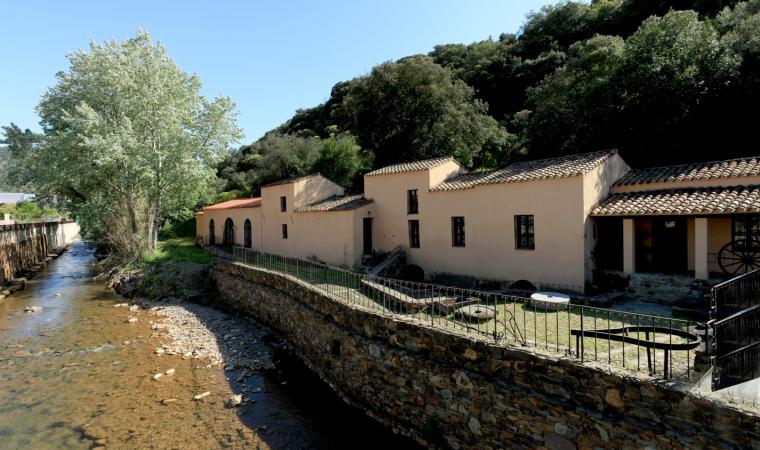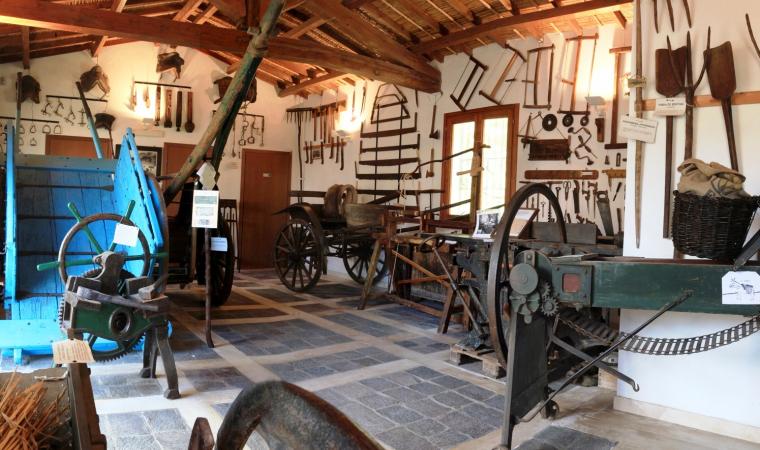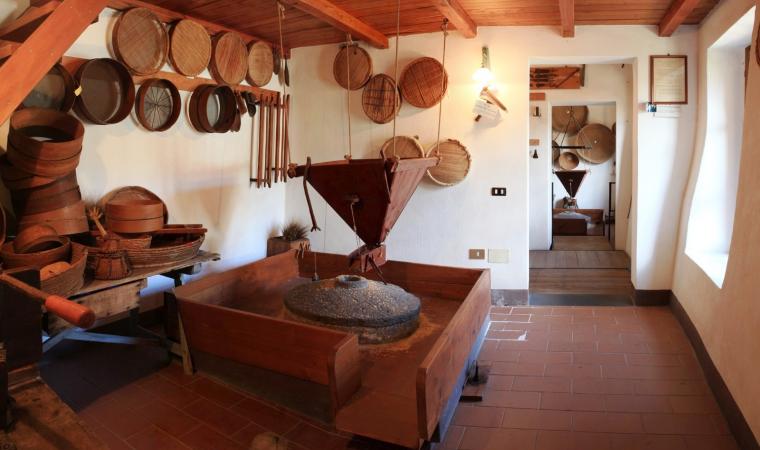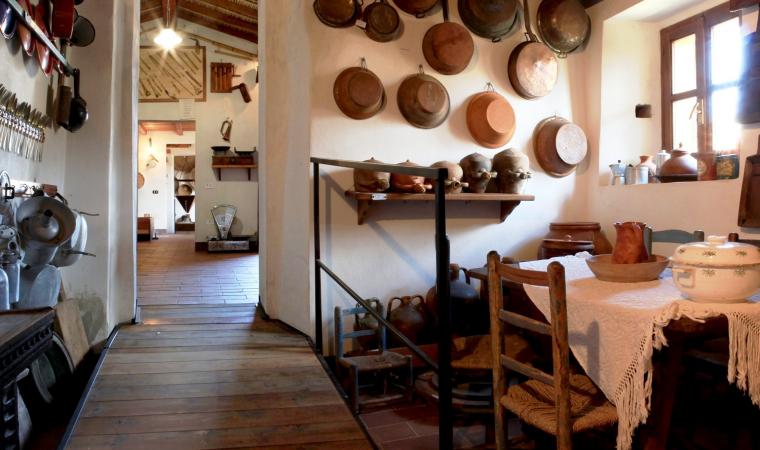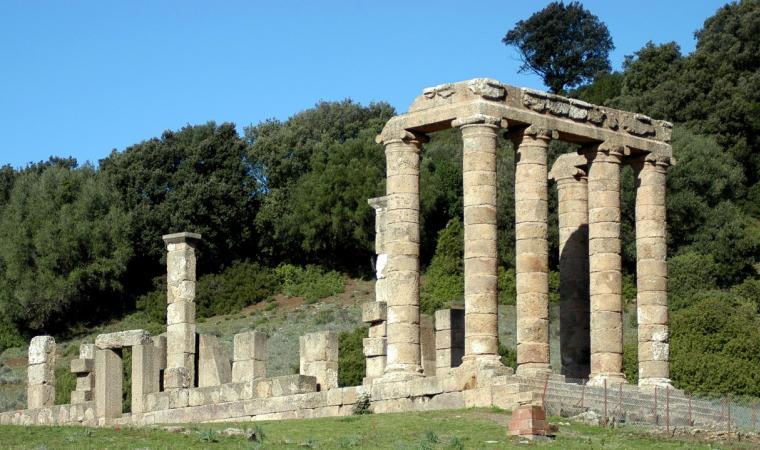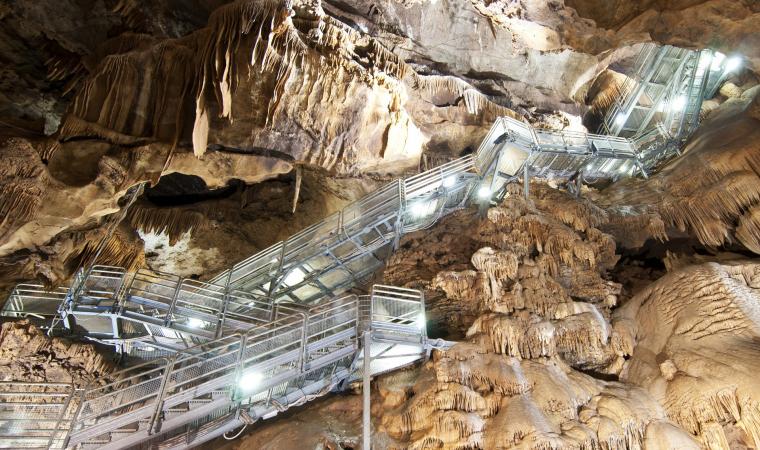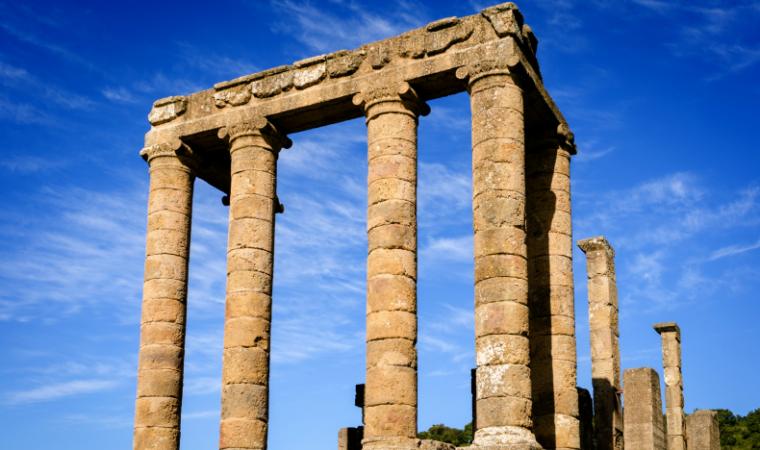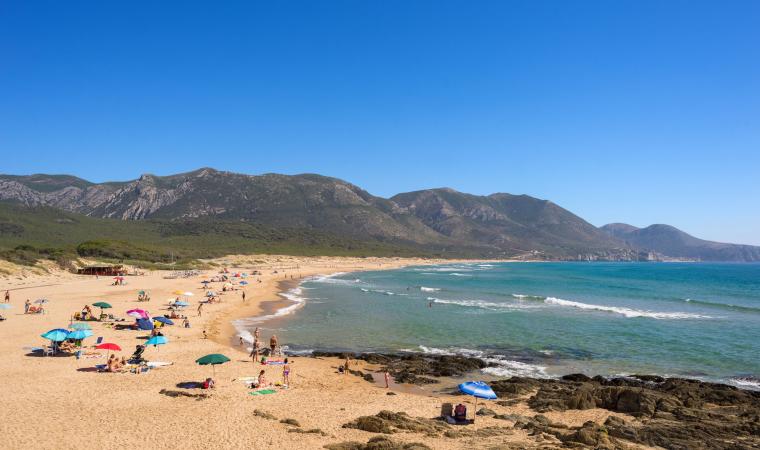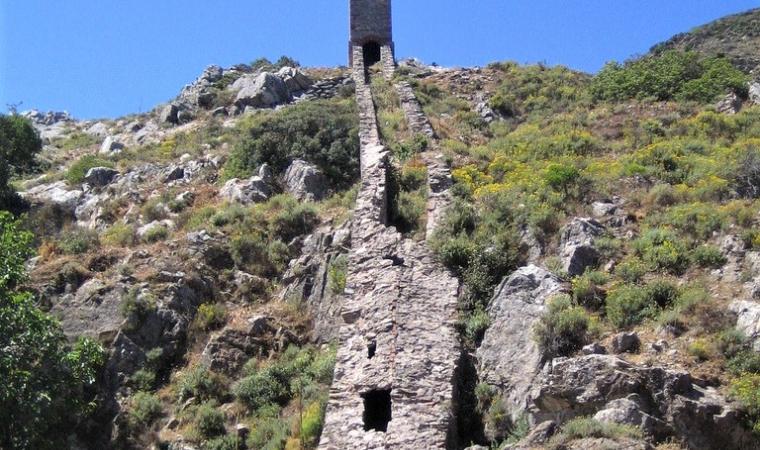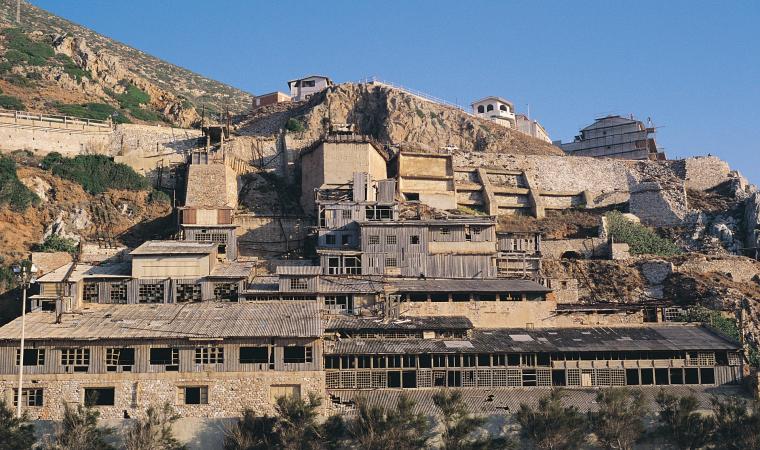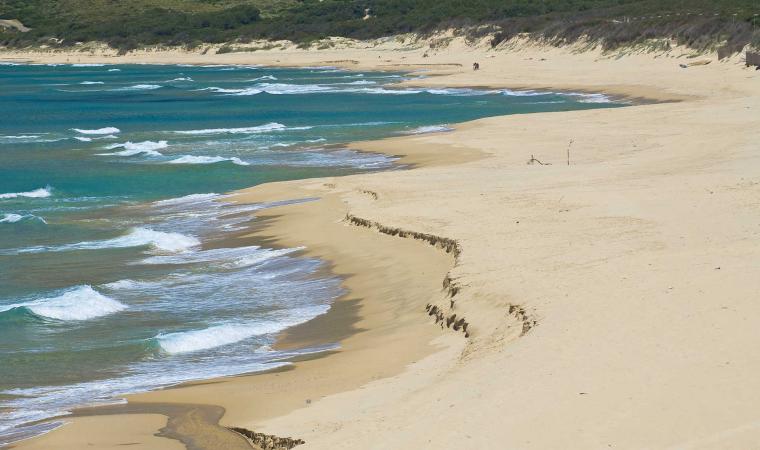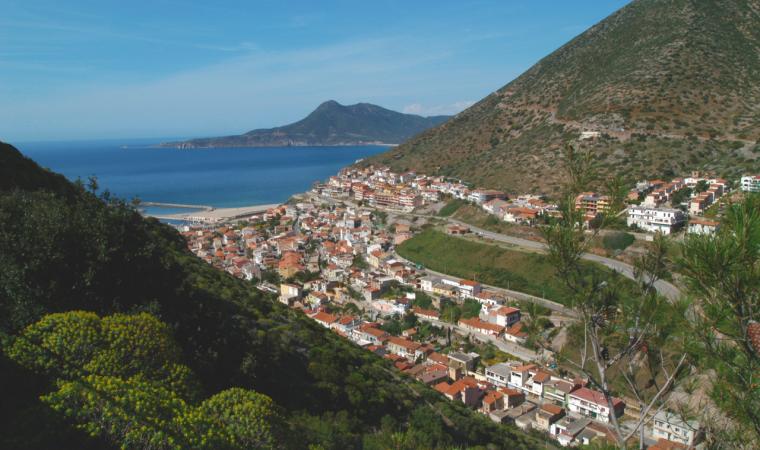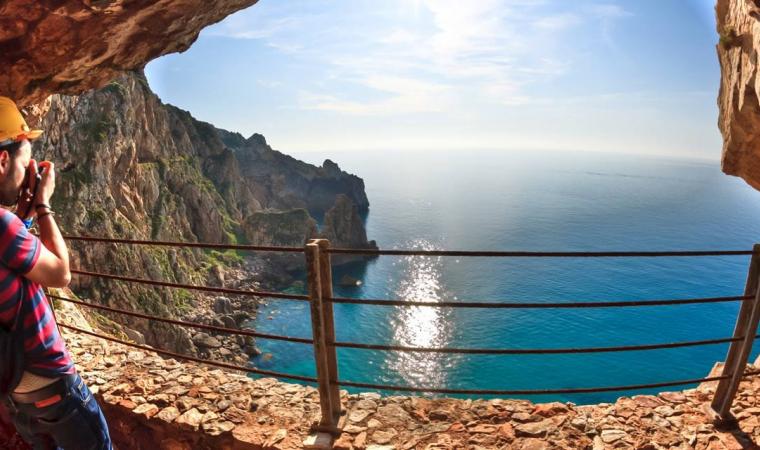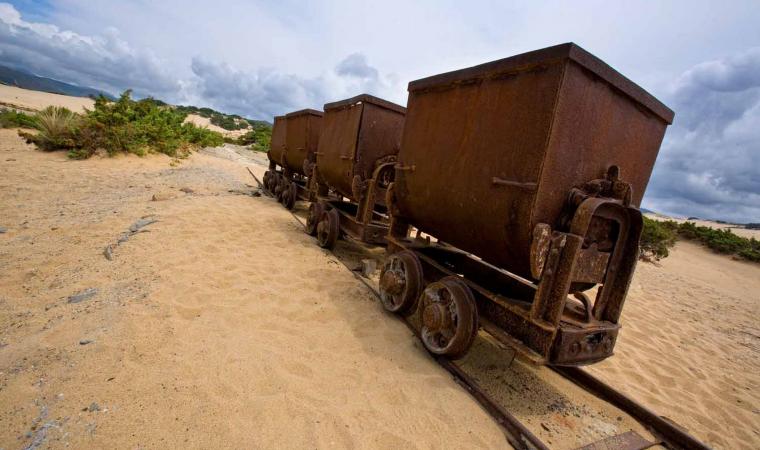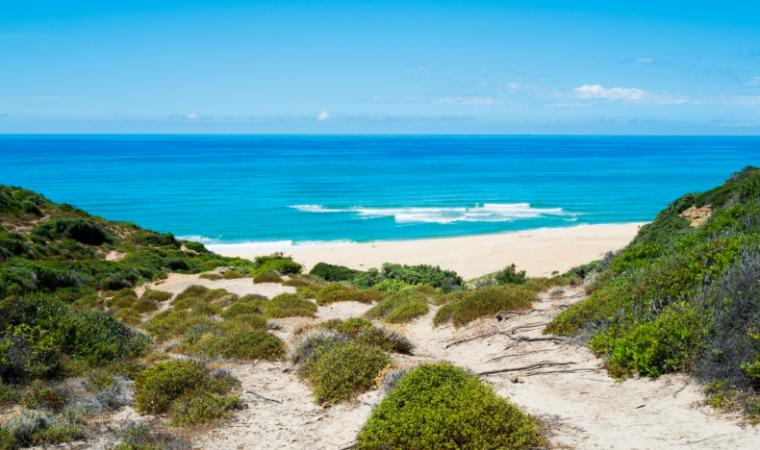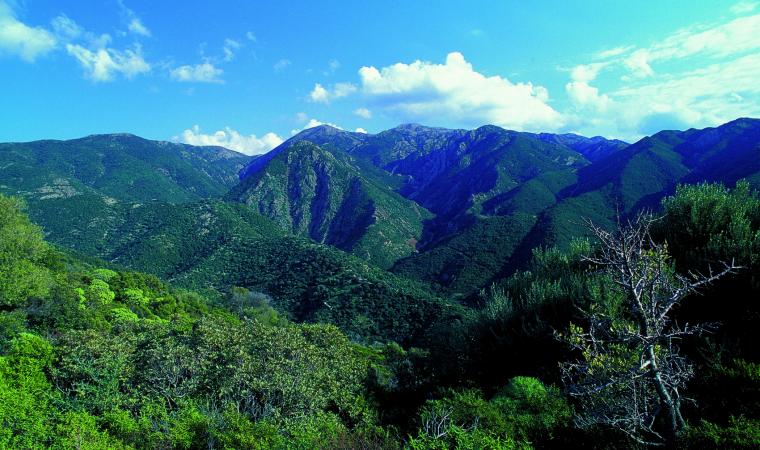Fluminimaggiore was established in 1704, following an act of vassalage. At that time, its inhabitants chose to make the most of their main natural resource, the Rio Mannu river, by building mills along its course: in the second half of the 19th century there were 21 of them! One of them, built as early as the mid-eighteenth century, now has a new life. It is the Licheri mill, which currently accommodates the ethnographic museum set up by the Municipality of Flumini, with the collaboration of the population. Its millstones are still perfectly functional, despite the fact that almost three centuries have passed since its creation: the exhibition set up inside narrates its 270-year history, where you will come into contact with ancient trades and customs linked to the agro-pastoral cycle of life.
You can get to the mill by crossing a wooden bridge: the external structure is divided into three parts with ladiri masonry (mud and straw bricks) and reed roofing. Ploughs, harrows and an olive press wheel are on display in the courtyard. Under the main building, the water wheels moved (and are still operational) the two millstones, located inside two niches. The indoor museum exhibition consists of ten rooms: you can admire tools for wine-making and oil production, with a press made of chestnut wood; a room dedicated to blacksmiths and farriers; a bread oven and tools for cheese-making; a weaving room and several rooms reconstructed as domestic environments, kitchens and bedrooms. Rooms 3 and 4 ‘tell’ the story of milling, starting from Nuragic finds and ending with an electric mill from the 1930s. You will be impressed by the large silos made from woven reeds, designed to contain cereals. The millstone is formed by two overlapping basaltic stones: the lower one, su koru, is stationary, while the upper one, the tunica, rotates as it is connected to the water wheel set in motion by the current of the river. Hanging on the walls, there are tools used by housewives to sift flour, a sieve and a wooden frame. The last room contains an ox cart and a carriage from the late 19th century. There is no lack of interaction with children: they will be able to experiment with various tools and discover toys from the past.
On the subject of activities from the past, a ruin from the historical mining period, the ‘ghost’ village of Malacalzetta, appears in the lush woods. Fluminimaggiore is not just industrial archaeology, but also Punic and Roman, thanks to the Temple of Antas, one of the monuments that best represents Antiquity on the Island, standing in a lush green valley. Then there is a masterpiece of nature: five kilometres from the town lie the enchanting su Mannau caves, with rooms dotted with stalactites and stalagmites of various shapes and embellished by little lakes. Lastly, there’s the sea: the beach of Portixeddu with its seaside village is the other great attraction of Flumini.

